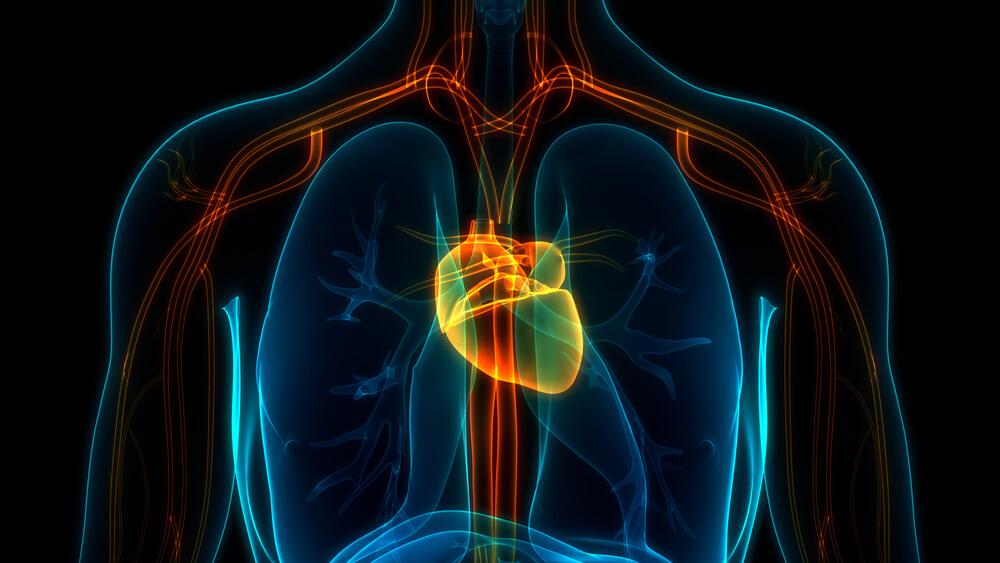
The heart circulates blood throughout the body. The two upper chambers of the heart (atria) contract first, followed by the lower chambers, during each heartbeat (ventricles). These actions, when perfectly timed, resulting in a robust pump.
The electrical system of the heart controls the timing of cardiac contractions. The electrical impulse starts in the right atrium’s sinoatrial (SA node). The SA node, for example, increases the rate of impulses during exercise and decreases it during sleep. The electrical activity spreads over the right and left atria as the SA node fires an impulse prompting them to contract and force blood into the ventricles. The impulse goes via the septum to the atrioventricular (AV) node (near the middle of the heart). The only electrical bridge that allows impulses to flow from the atria to the ventricles is the AV node. The impulse causes the ventricles to contract as it travels through their walls.
Blood is pumped and squeezed out of the heart. The right ventricle pumps blood to the lungs, while the left ventricle pumps blood to the body. The rhythm is called “normal sinus rhythm” when the SA node directs the electrical activity of the heart. At rest, the normal heart beats in a steady rhythm of 60 to 100 times per minute.
What is atrial fibrillation?
The most irregular heart rhythm that occurs in the atria is atrial fibrillation. Instead of the SA node (sinus node) directing the electrical rhythm, numerous distinct impulses fire at once in the atria, resulting in a highly fast and chaotic beat. The atria cannot efficiently contract or squeeze blood into the ventricle because the electrical impulses are very rapid and disordered. Many impulses begin at the same time and spread through the atria, contending for a chance to move through the AV node rather than migrating in an orderly method through the heart. Although the AV node reduces the number of impulses that reach the ventricles, many impulses pass through an unorganized way. A rapid and irregular heartbeat is due to the ventricles that contract irregularly.
Some patients with atrial fibrillation can go years without experiencing any symptoms. Atrial fibrillation, on the other hand, can lead to future complications.
- Blood does not flow as quickly through the atria because they beat swiftly and unevenly. The blood is more likely to clot as a result of this. A clot pumped out of the heart can travel to the brain and cause a stroke. People with atrial fibrillation are 5 to 7 times more likely than the general population to have a stroke. Clots can also move to other regions of the body, causing harm to the kidneys, heart, and intestines.
- Atrial fibrillation impairs the heart’s ability to pump blood. Because of the irregularity, the heart may perform inefficiently. Furthermore, atrial fibrillation that persists for an extended period might damage the heart and lead to heart failure.
- A higher risk of stroke, heart failure, and possibly death is associated with atrial fibrillation.


